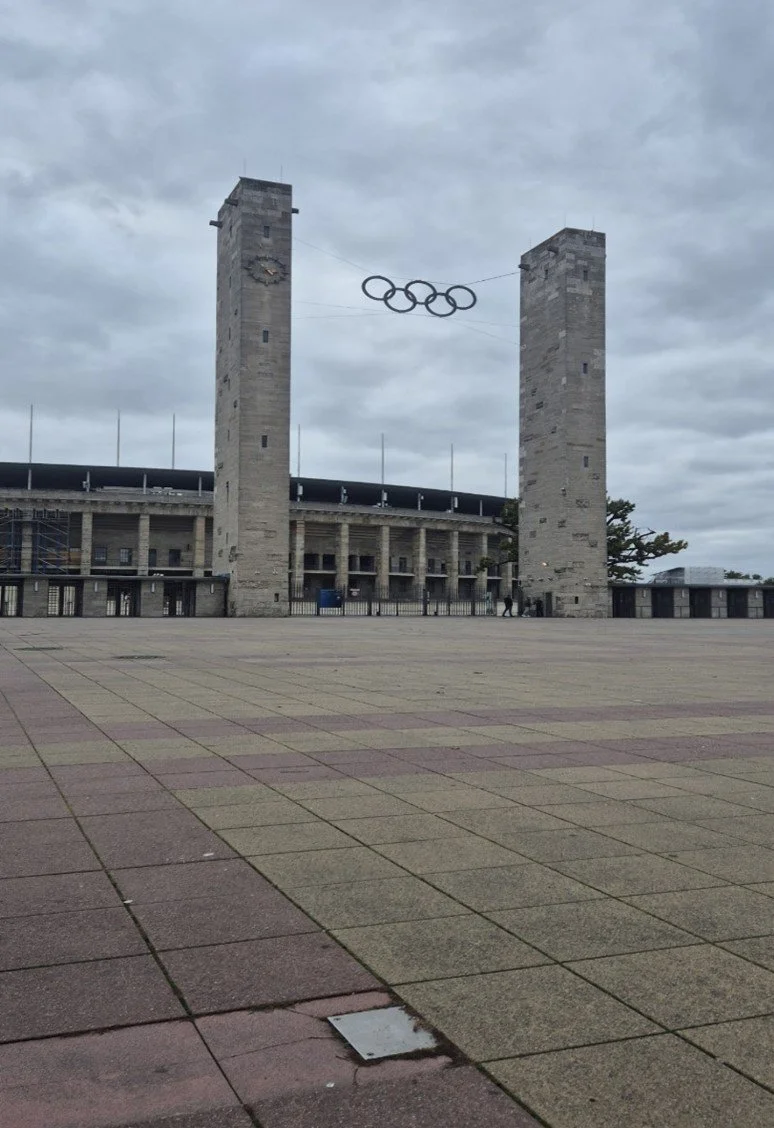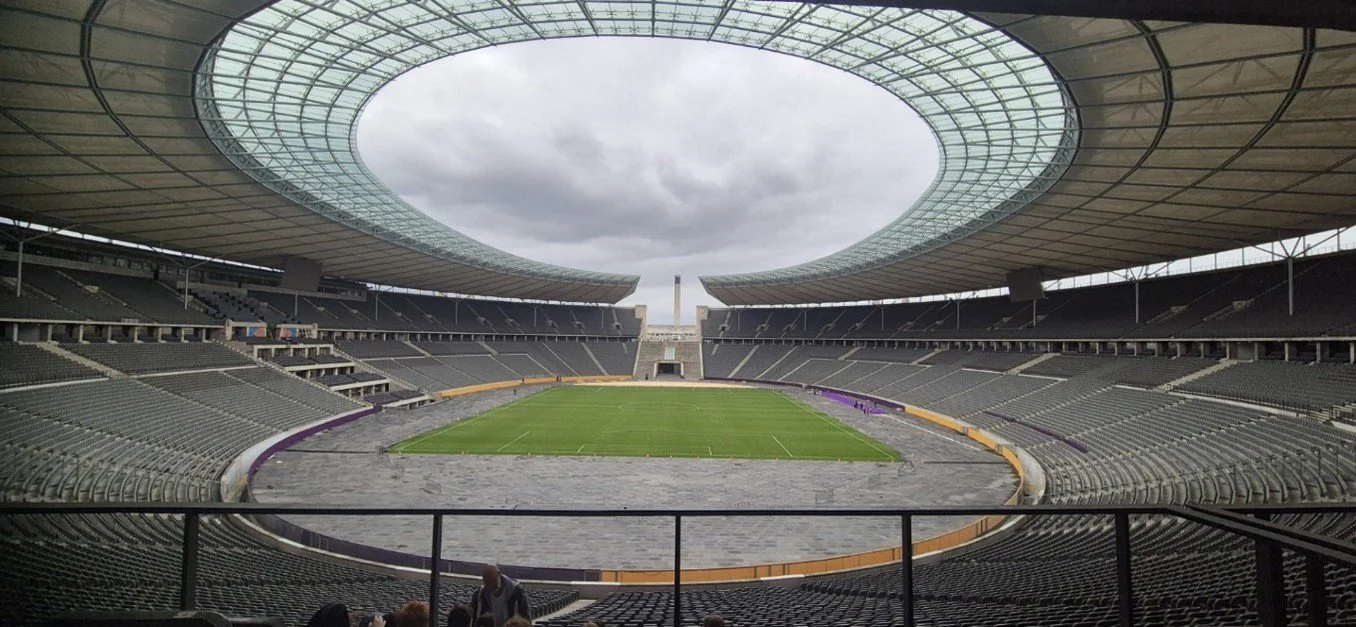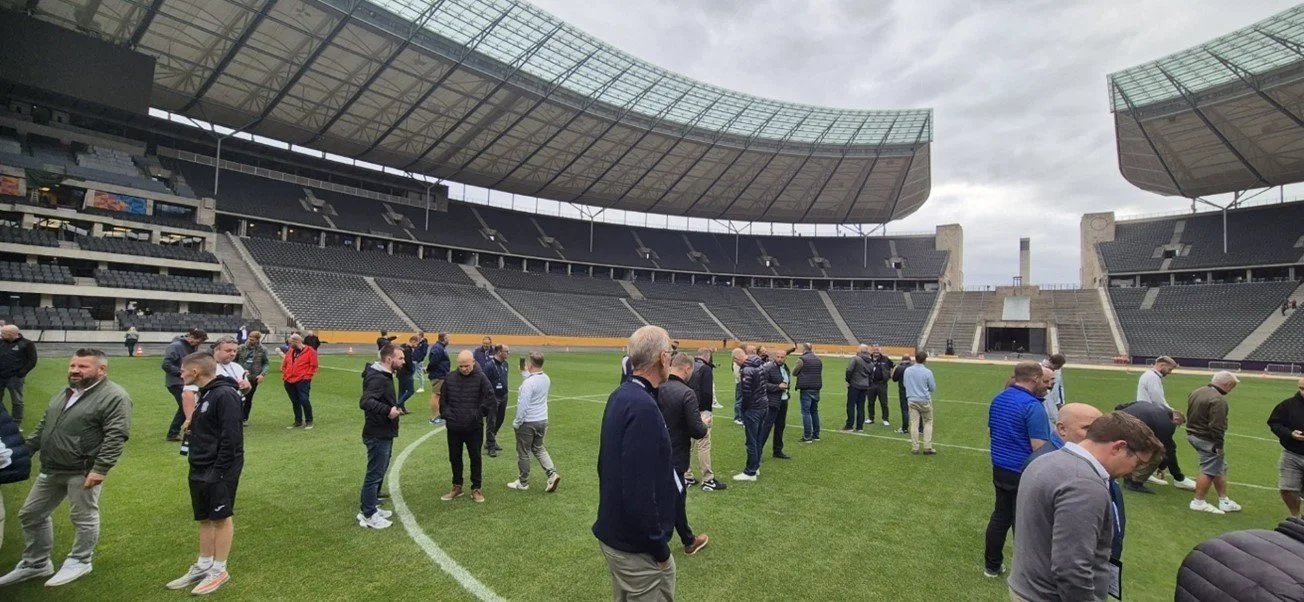Turf Business Summit 2025
Last week I was invited to Berlin to attend Turf Business Summit 2025, an annual event by the trade magazine Turf Business, which brings together turf professionals from all over different sports in Europe. There were 100 delegates there, working from various places such as Manchester City, West Ham, Plymouth Argyle, Eton College, Edgbaston, Northampton Saints, Real Valladolid, Ipswich, Marseille, Rangers, Liverpool, Monaco and UEFA. The golf course attendants apart from myself were from Surbiton GC, The Belfry, Caldy, Huyton, Long Ashton, Highwoods, Weissenberg, Richmond, Lydd, Cardigan, Sunningdale, Waltham and St. Annes old Links.
This was a fully sponsored trip, and the invite came after my attendance at a regional event at Myerscough college back in the summer, where the agenda for this summit was partially set. It involved group discussions on various topics that we face in the turf industry. These discussions were then formed into main presentations, which in turn gives the Turf Business magazine scope to work with governing bodies to try and bring something tangible to the industry in the year ahead. For example, last year’s summit focussed on management training and as a result of the summit, Myerscough College have since developed a full management training qualification programme for the future.
The subjects discussed were as follows:
• Signposting ways to attract new young people into the turf industry, an issue all sports are facing.
• Climate change and raising awareness of the challenges faced.
• The use of forums and surveys to help with transfer of information.
• New community groups to share knowledge in order to bridge gaps in the industry.
• Practical use and education of all modern-day technology.
• Sustainable water for grass, securing water in the future.
• Raising the profile of sports turf professionals in the modern game.
• Staff Retention.
It will be interesting to see what develops over the next 12 months.
Figure 1: Olympic stadium, built like a colosseum.
Figure 2: Stadium holds 74000 people.
During the two-day event, we were taken to the Olympic Stadium in Berlin, a fascinating trip where we were given a guided tour of this historical venue, including the areas where the Nazi party held events in the build up to and during the 1936 Olympic games. We were allowed on to the pitch and given talks by the stadium manager.
Figure 3: Pitch tour for all delegates.
This was a really engaging event which apparently has visited other sports venues in the past such as The Belfry, Barcelona, Monaco, and a golf course in Bulgaria.



